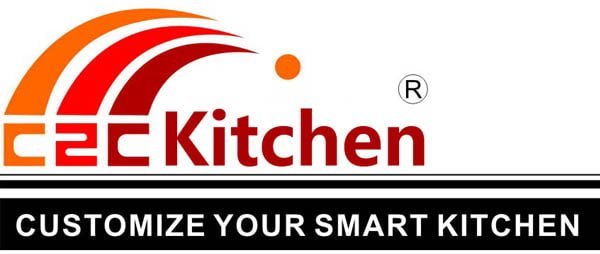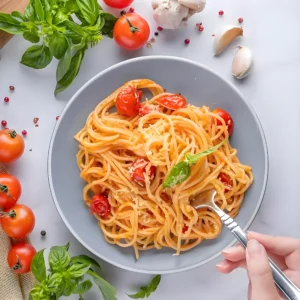In the modern catering industry, commercial kitchen equipment plays a pivotal role. They are not only a powerful assistant for efficient cooking, but also a key factor in ensuring food safety and improving service quality. With the continuous advancement of science and technology, commercial kitchen equipment has made significant breakthroughs in design, function and energy saving.
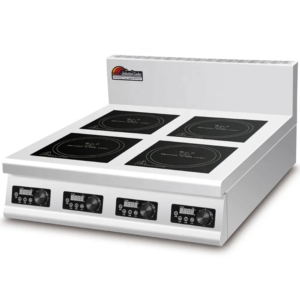
1、Classification and characteristics of commercial kitchen equipment
A wide range of electromagnetic equipment for commercial kitchens, which can be roughly divided into five categories: stove equipment, smoke exhaust and ventilation equipment, conditioning equipment, mechanical equipment and refrigeration and insulation equipment. Cooking equipment is the core of the kitchen, including induction cookers, etc. They provide chefs with an ideal cooking environment with efficient and stable firepower. Smoke exhaust and ventilation equipment ensures air circulation in the kitchen, removes oil smoke and odor, and protects the health of chefs. Conditioning equipment such as workbenches and vegetable racks provide convenience for the preparation of ingredients. Mechanical equipment such as slicers and blenders greatly improve the efficiency of food processing. Refrigeration and insulation equipment ensures the freshness and constant temperature of ingredients to meet various catering needs.
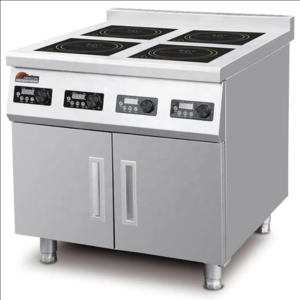
2、Energy-saving technology of commercial kitchen equipment
With the enhancement of environmental awareness, commercial electromagnetic kitchen equipment energy-saving technology has become an important trend in the development of the industry. Innovations in high-efficiency and energy-saving kitchen equipment, intelligent control systems, energy recycling technology, and operation optimization and daily management help catering companies achieve cost reduction, efficiency improvement and sustainable development.
For example, electromagnetic cooking equipment replaces traditional open flame stoves, greatly improving thermal efficiency, and can accurately control temperature and shorten cooking time. Energy-saving gas stoves achieve higher thermal efficiency by optimizing burner design and combustion efficiency. High-speed steam cabinets use rapid heating technology to achieve rapid steaming of large quantities of ingredients, with significant energy-saving effects. Kitchen equipment can monitor energy consumption data in real time and dynamically adjust power to achieve accurate energy management.
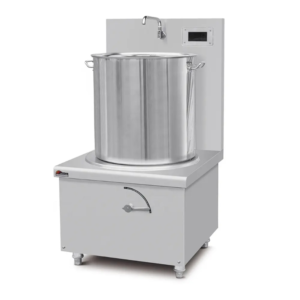
3、Commercial kitchen equipment brand recommendation
In the field of commercial induction cooking equipment, many brands have won market recognition with excellent product quality and innovative technology. Guangdong Kitchen in Kitchen, China, as a commercial kitchenware expert, is based on integrity in the domestic and foreign markets, and its products are positioned in high- and medium-end hotels, restaurants, universities, and canteens of government agencies. As a first-class commercial kitchen equipment manufacturer in China, it has a full range of product types and specifications to meet various catering needs.
4、Purchase and installation of commercial kitchen equipment
When purchasing equipment, you should pay attention to factors such as product quality, function, color, etc., and consider the equipment’s wear resistance, acid and alkali resistance, fire resistance, and antibacterial properties. A professional installation team can ensure the correct installation and commissioning of the equipment to ensure its efficient operation. In addition, regular equipment maintenance is also an important measure to extend the service life of the equipment and ensure food safety.
As an important support for the modern catering industry, commercial kitchen equipment has the characteristics of high efficiency, safety, and energy saving, which not only improves the quality of catering services, but also brings considerable economic benefits to catering companies. With the continuous advancement of technology and market competition, commercial kitchen equipment will become more intelligent and energy-saving, injecting new vitality into the sustainable development of the catering industry.
